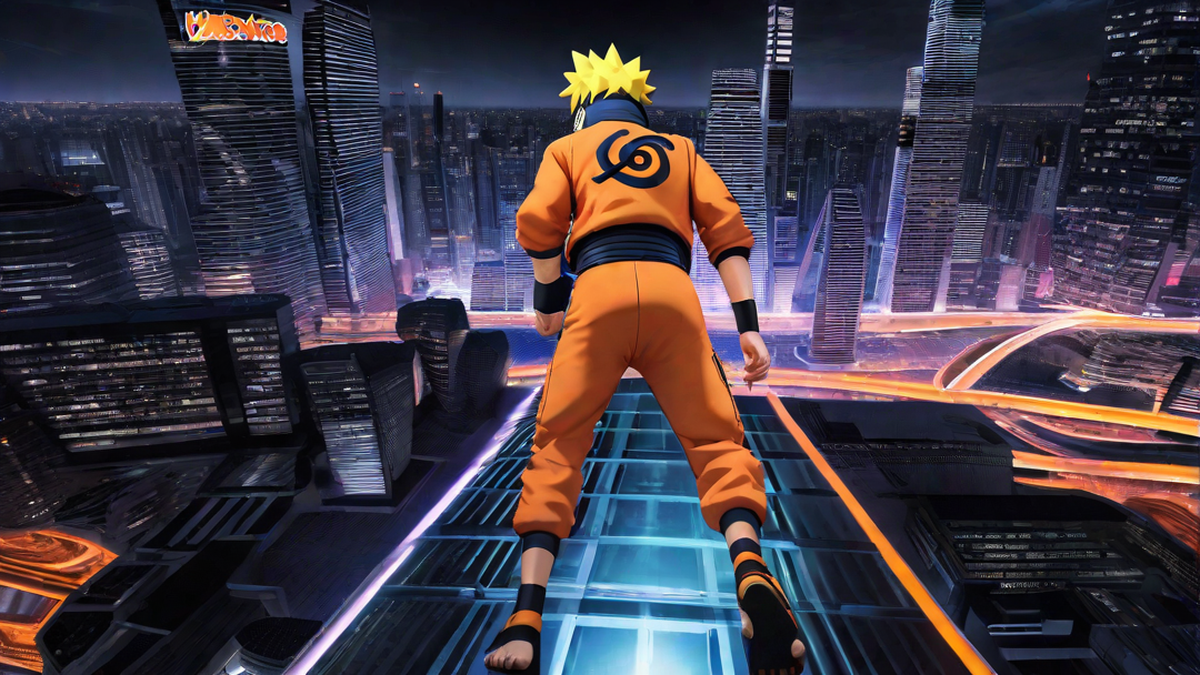As a fan of both running and Naruto, I often find myself wondering: is Naruto running really faster? We’ve all seen the iconic image of Naruto Uzumaki, the main protagonist of the popular anime series Naruto, running with his arms stretched out behind him. It’s a distinctive and unique running style that has become synonymous with the character. But does this unconventional running form actually make Naruto faster? Let’s dive deep into the details and find out.
To understand the speed of Naruto’s running, we need to analyze the mechanics of his unique running style. Known as the “Naruto run” or “Naruto dash,” this technique involves leaning the torso forward while keeping the arms straight and extended backwards. The theory behind this running style is that by reducing air resistance and creating a more aerodynamic posture, Naruto can increase his speed.
However, it’s important to remember that Naruto is a fictional character, and his abilities are a product of anime and manga storytelling. In the real world, running with your arms extended behind you is unlikely to make you faster. In fact, it may even hinder your performance by affecting your balance and reducing the efficiency of your arm swing.
When it comes to running faster, there are several key factors to consider. One of the most important is biomechanics. Proper running form involves maintaining a stable posture, engaging the core muscles, and optimizing the movement of the arms and legs. While Naruto’s running style may look cool, it deviates from the principles of efficient running mechanics.
Another important factor in running speed is training. Naruto is depicted as a highly skilled ninja who undergoes intense physical training, allowing him to develop incredible speed and agility. In the real world, improving running speed requires a combination of regular training, proper technique, and conditioning exercises. Simply adopting Naruto’s running style without the accompanying training regime is unlikely to result in significant speed gains.
Additionally, it’s worth noting that Naruto’s running style is not without its limitations. While it may offer some advantages in terms of reducing air resistance, it also places a higher demand on the muscles of the upper body. Sustaining the Naruto run for extended periods of time could lead to fatigue in the arms and shoulders, potentially compromising overall running performance.
In conclusion, while the Naruto run may be an iconic and visually appealing running style, it is unlikely to make you faster in the real world. Improving running speed requires a combination of proper technique, training, and conditioning. So, unless you’re a ninja-in-training, it’s best to stick to more traditional running forms that have been proven to optimize performance. Happy running!

